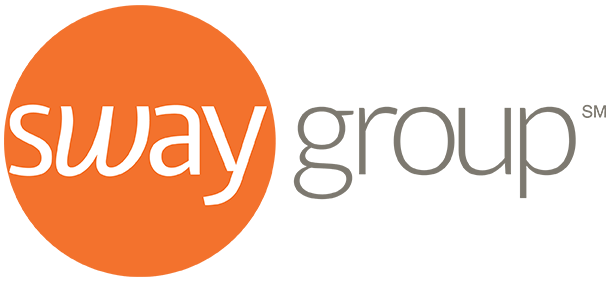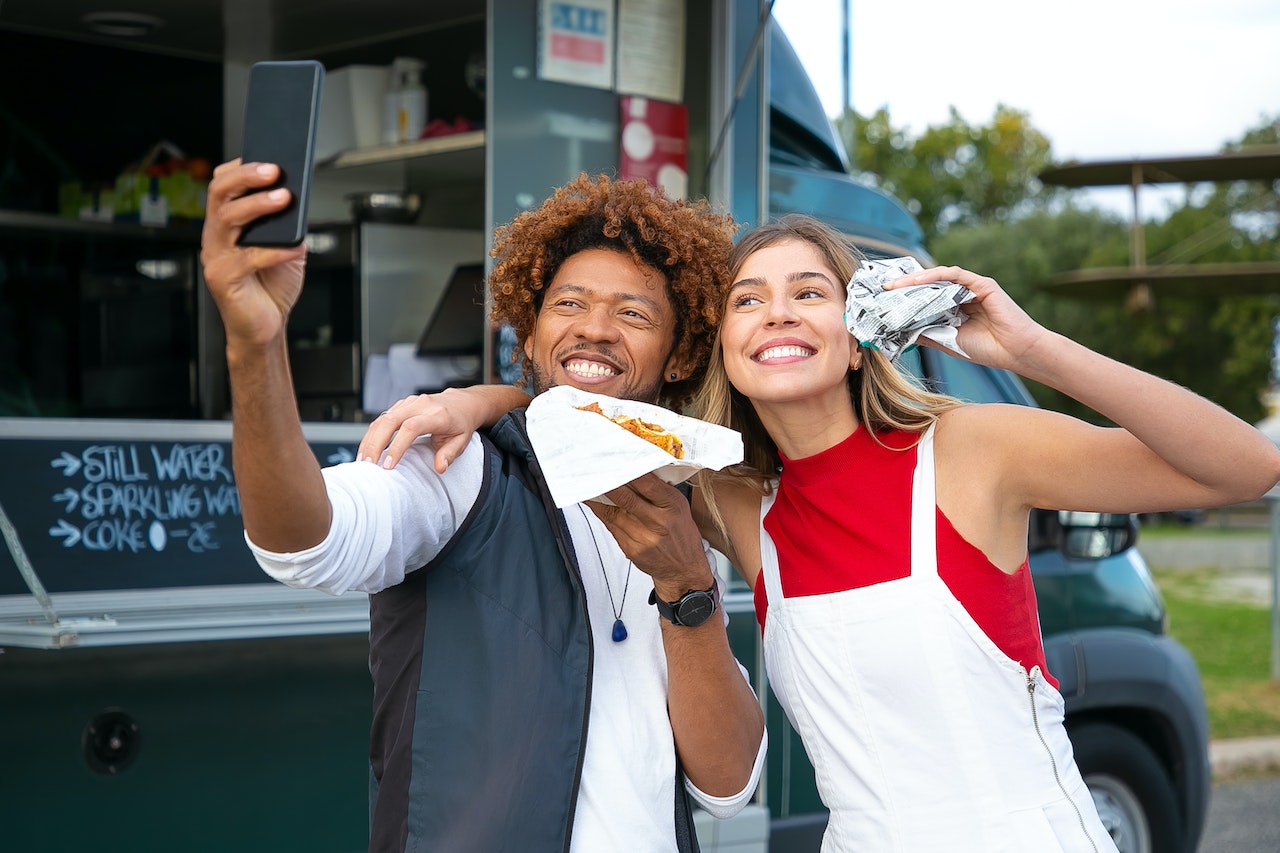As we approach the end of yet another unique (and often unpredictable) year for consumers and businesses alike, it’s a natural time to be looking ahead. What on earth may be coming around the bend in 2023, and how can we best prepare for it?
Forecasting has never been an easy task for marketers, particularly over the last few years of pandemic life, global warfare, soaring inflation rates, political turmoil and economic uncertainty. While none of us can predict 2023’s best-practice strategies with complete certainty, it’s safe to say that influencer marketing will continue to be at the forefront of brand marketing conversations. Consider that in 2022, the global influencer market was valued at a record $16.4 billion.
As an influencer agency CEO, I’m going to share my influencer marketing predictions for the year ahead. Let’s take a look at six strategies to keep an eye on in 2023.
6 Hot Influencer Marketing Trends For 2023
1. AI-Generated Graphics/Art
This year we saw the rising popularity of AI-based image tools like Dall-E, Midjourney and Stable Diffusion, which can quickly generate visual images based on user-provided text descriptions.
These technologies are still in flux (and are sparking plenty of heated debates about ethics and ownership in art, not to mention bias), but AI image generators have the potential to become a brand’s best friend. The never-ending need for content in today’s digital landscapes may lead to agencies and marketers leveraging AI tools for graphic assets that can be created on the fly.
Of course, only time will tell if consumers are drawn to machine-created output or if we all still prefer the human touch.
2. Shoppable Content
It seems like every month we see a new article promising that live shopping is just about to break out in the U.S. and then … well, it doesn’t. The bottom line is that live shopping simply hasn’t taken off the way it was predicted.
I don’t believe we’ll see U.S. consumers embracing livestream e-commerce in the same way this QVC-style trend has risen in China. That’s not to say that live shopping events won’t be a worthy investment for some forward-thinking brands in 2023, but my bet is on influencer-shared shoppable content over live commerce.
Whether on a high-engagement platform like TikTok or incorporated into a brand’s owned channels, shoppable content will help brands reach audiences at the right time and place in 2023. Influencers offer the benefit of a seamless checkout experience from their own compelling content, providing a full customer journey in a single post.
3. Influencer Subscriptions
Social platforms are experimenting with paid subscriptions, and newsletter services like Substack have grown in popularity among creators.
Subscription-based content offers creators a way to connect directly with their audience by offering exclusive access to their content. Whether done through existing social network services or a separate subscription platform, subscriptions can build stronger relationships between creators and their audiences. This, in turn, offers value to brands with the opportunity of sponsoring a creator’s specialized subscriber-only content, or otherwise reaching out to a tight-knit subscriber community.
4. Search Goes Social
In 2022, it was revealed that younger users are “now often turning to apps like Instagram and TikTok instead of Google Search or Maps for discovery purposes.” In fact, 40% of Gen Z users prefer using TikTok and Instagram for search over Google.
A search on TikTok is likely to generate results that are personalized and relevant to the person searching, including cultural elements like music, live events and people. And unlike Google, TikTok’s search results can be filtered based on likes and views.
Brands should be keeping search in mind with their social strategies, particularly for topics like travel, beauty, restaurants and recipes. The right TikTok campaign can help bolster brand-associated search results.
5. The (Potential) Rise Of The Super App
The so-called “super app” is an all-in-one mobile app that provides multiple services including payment and financial transaction processing. The idea of the super app first gained popularity in China with WeChat, and U.S. social platforms have been racing to offer more and more solutions that keep users in the app, regardless of what they’re doing.
Every platform is battling to stay in the forefront of the attention economy, which includes building in the functionality to integrate payments and more. Whether it be TikTok, Meta or Elon Musk’s mysterious “X,” 2023 may be the year of the super app.
Or, more likely, it will be the year of a few different platforms fighting to become indispensable to users with ever-expanding offerings. Rather than betting on one platform becoming the de facto one-stop shop in 2023, it’s a smart move for brands to be ready to take advantage of new features designed to maximize the in-app experience.
6. YouTube Shorts
For brands that are willing to experiment, YouTube’s developing foray into short video content is well worth exploring. While TikTok currently dominates the short-form video cultural conversation, Google has been focused on expanding Shorts to compete. In 2021, Google launched a $100 million Shorts creator fund to be distributed over two years, and in the coming months, Shorts will be eligible for monetization (notably, creators will keep 45% of the revenue generated from viewership).
YouTube offers some advantages over its short-video rivals, including the fact that TikTok continues to raise security and privacy concerns. Better creator revenue pathways may just be the factor that puts YouTube back on top with Shorts.
A Final Word
As an industry, influencer marketing is all growth. It’s expected to reach $22.2 billion by 2025. Whatever influencer-specific trends and technologies may be coming our way in 2023, the best advice of all is to stay nimble and be ready to switch up strategies on the fly.
This article was originally published on Forbes as a Forbes Agency Council post.

